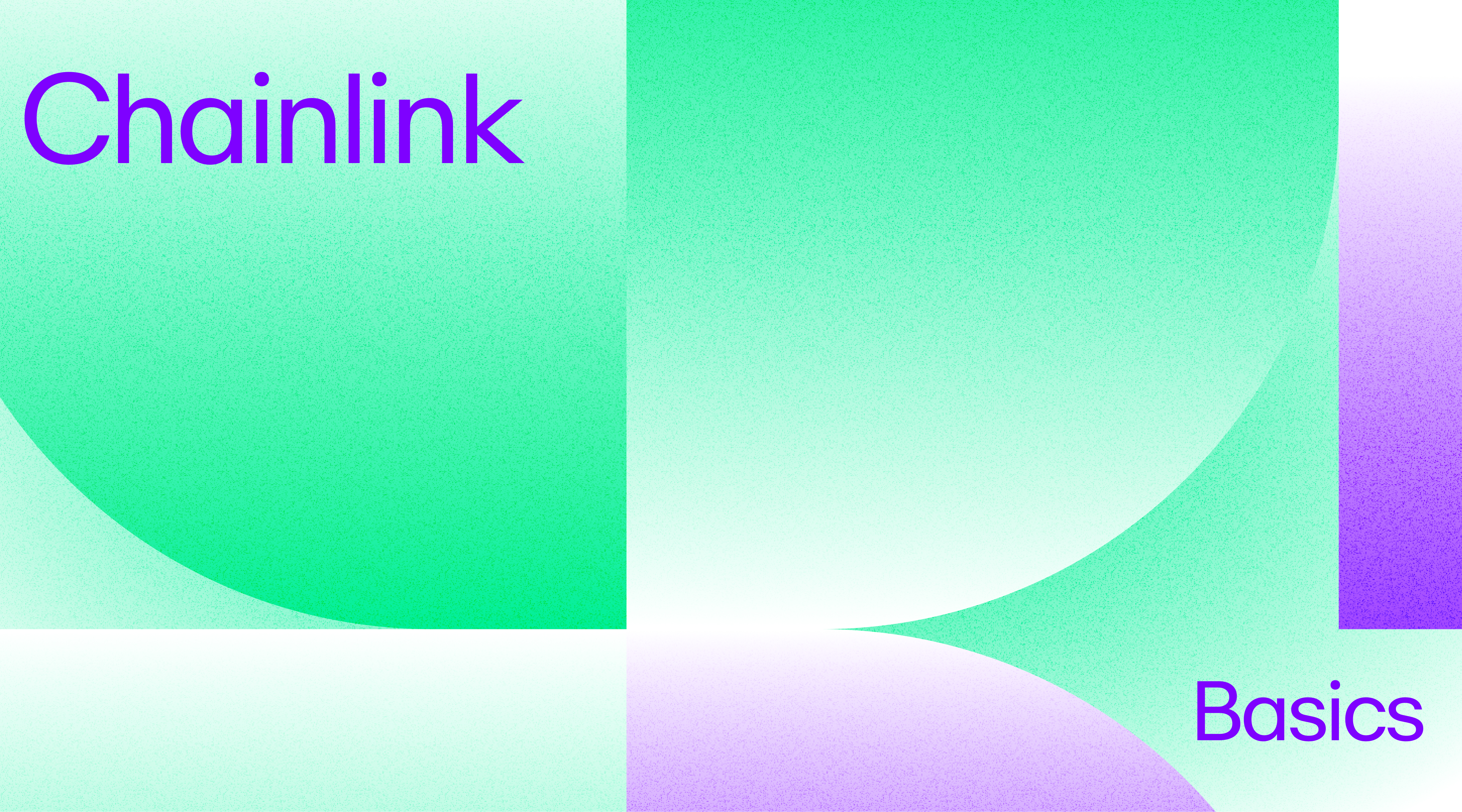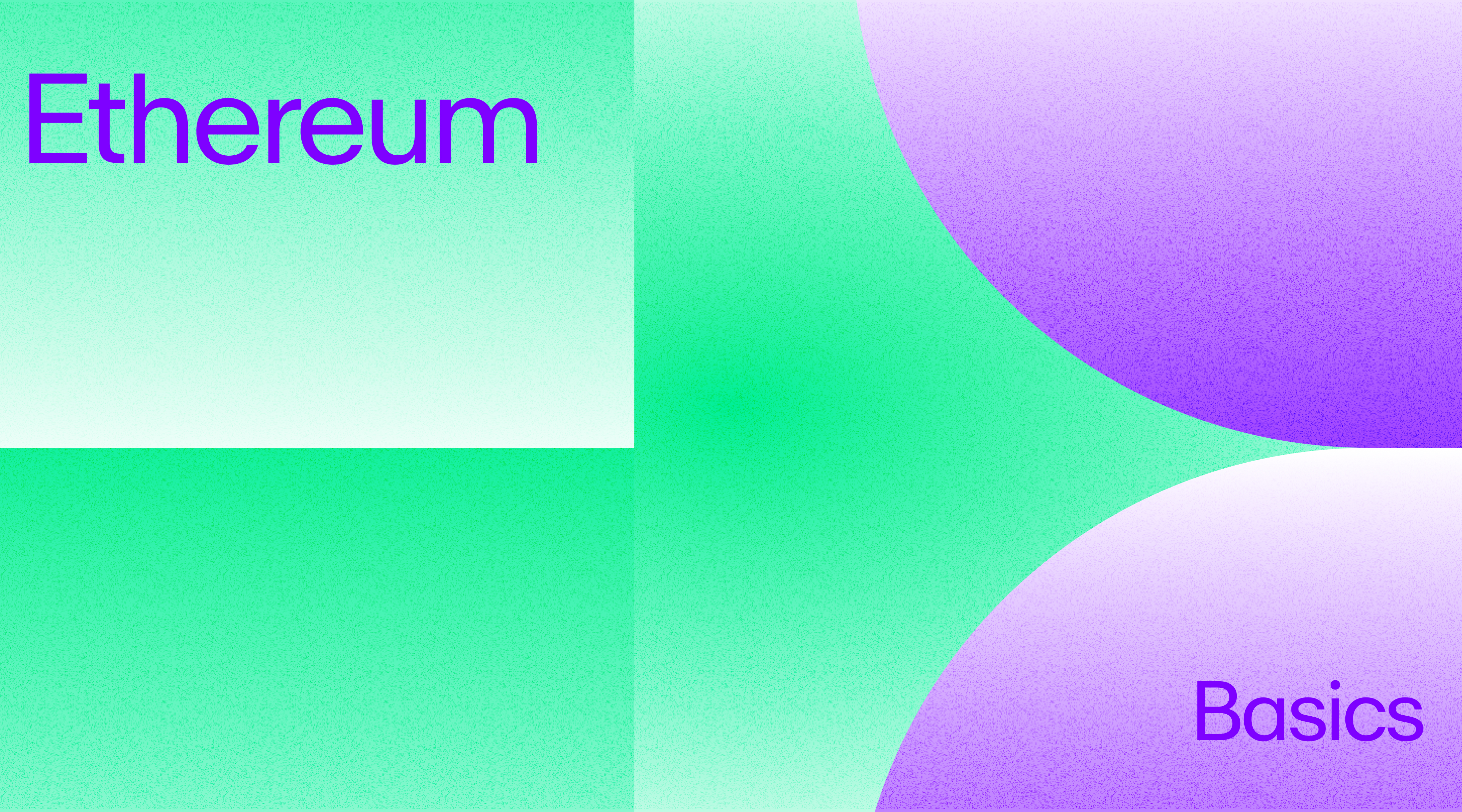NFTs are everywhere.
Everyone from Hip Hop legends to NCAA athletes are rushing to create their own non-fungible tokens. And while the most high-profile use cases generally involve digital art and collectibles, NFTs also have some cool real-world applications to mark ownership.
In this article, we’ll explore some of the best resources for creators and collectors to maximize their NFT experience.
Benefits of creating and collecting NFTs
There are serious perks to releasing your intellectual property as a digital, tokenized product:
Prove ownership of creative material
This empowers both the creator and the purchaser. Since NFTs are uniquely created on the blockchain, the buyer will receive the unique ownership they are looking for, and the seller will receive the ownership rights associated with the token.
Create scarcity
Creators can set the supply limit for whatever it is they wish to list. For example, if your NFT supply correlates directly to a physical inventory—like wine bottles or other merchandise, you can determine the scarcity to match your physical storage. And as a collector, scarcity can make your collection more valuable, for both personal use and resale on the open market.
No intermediaries
In all NFT sales, the only middleman is the marketplace where NFTS are bought and sold. This means that artists get to keep higher commissions, and purchasers can enjoy their tokens more, knowing that they reward the creator and not a third party.
NFT Marketplaces
Whether you have an idea that you want to bring to market, or you’re a collector looking to buy, these tools serve as an all-in-one place to satisfy your NFT needs.
OpenSea

OpenSea, one of the most popular NFT marketplaces is where many NFT enthusiasts begin. According to DappRadar, OpenSea sees $147 million in monthly raw on-chain activity. You can think of OpenSea as a department store for NFTs: they make it easy for sellers to get their NFT from zero to one, and streamline the purchasing process for buyers.
In order to buy or sell on OpenSea, you will need an Ethereum wallet. OpenSea recommends Metamask, but it’s possible to get started with others such as Coinbase, Fortmatic, Dapper and Torus. Since you will need to purchase Ethereum for any gas needed for transactions, you can buy ETH with a credit card on MoonPay. And if you wish, you can even add funds on OpenSea directly via MoonPay.
Much like eBay, items on OpenSea can be auctioned off through bidding, or bought instantly. Buyers can filter items to purchase via their preferred method, and sellers can decide the best way to list their NFT.
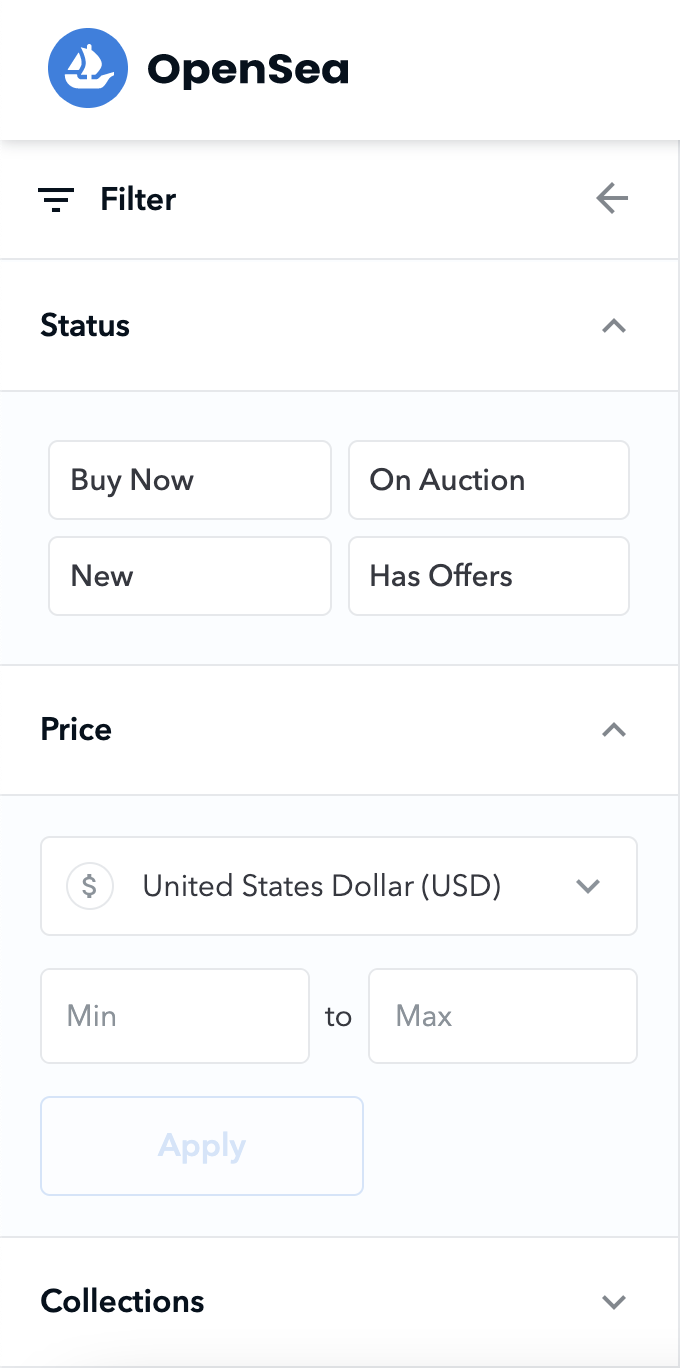
OpenSea allows you to choose between including a seller fee or a buyer fee. Seller fees put the extra charge on the person who sells the NFT, while buyer fees place the extra burden on the purchaser. Since OpenSea charges a 2.5% fee for each sale, it is recommended that creators set a 2.5% seller fee in order to encourage the sale of the item (currently this is temporarily disabled).
For minting purposes, items bought and sold on OpenSea will be minted upon the purchase. At the time of sale, the NFT will be verified on the Ethereum blockchain and ownership—both creative and collective—will be established.
To get started on OpenSea, check out their guide.
Rarible
Launched in 2020, Rarible has quickly made up ground compared to its predecessor and competitors, bringing in $150 million in sales in its first 18 months. After closing a 14.2M Series A from Venrock Capital, Rarible announced their plan to open another marketplace on Dapper Labs’ Flow Blockchain. They even have their own token, Rari, launched as a reward for creators and collectors alike who are invested in the platform.
Like OpenSea, Rarible also requires an Ethereum (ERC-20) wallet and allows NFTs to be bought and sold at a fixed price, via timed auction, or open for bidding. You can also decide if you will be listing your NFT as a single item, or part of a larger collection.
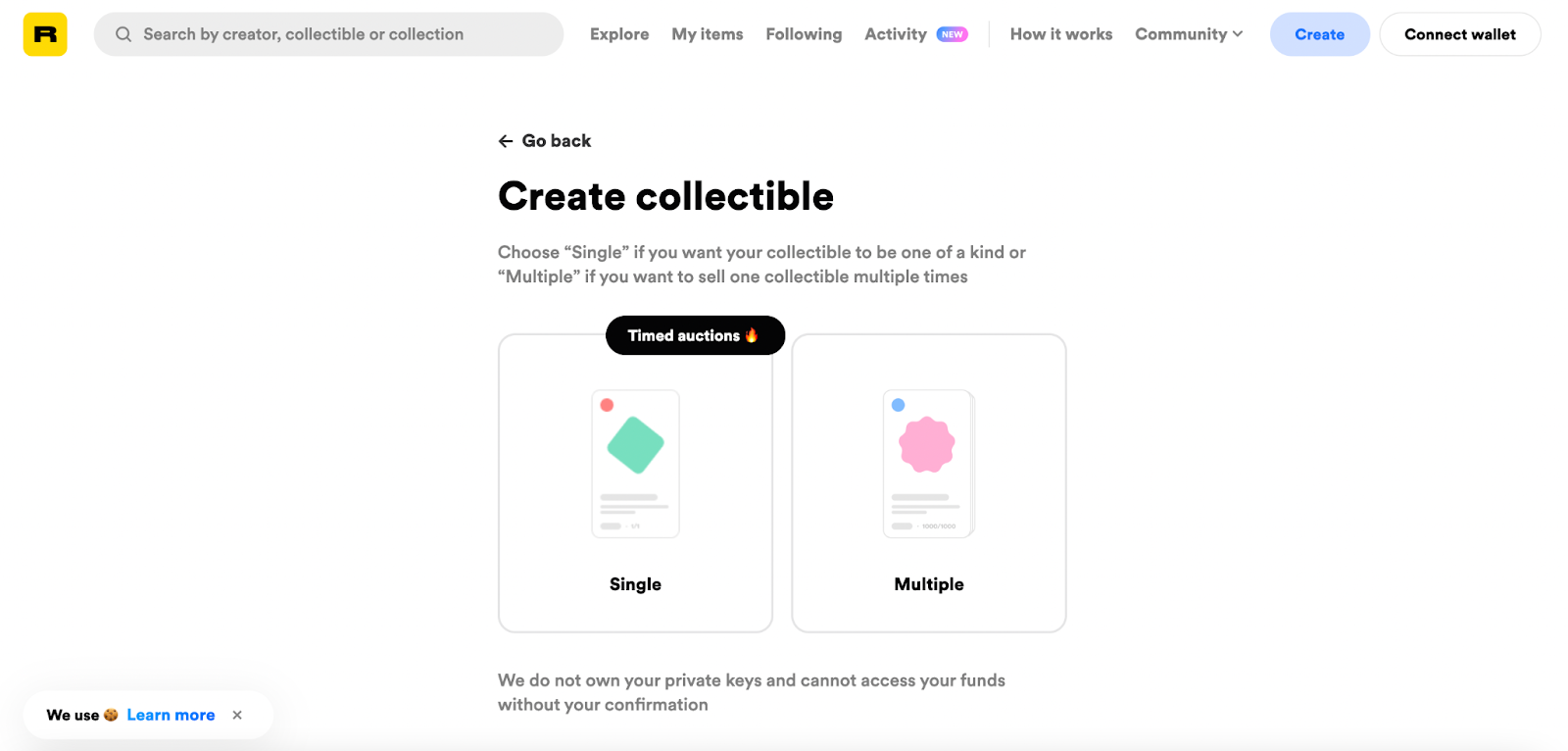
Rarible also charges a service fee of 2.5% ETH for any NFT sold on their platform, meaning that if you wish to list an NFT for 1 ETH, you will actually receive 0.975 ETH when it is sold. The good news for creators is that Rarible does allow you to set your own royalties for any resale of your items. Rarible recommends low royalties (up to 30%) in order to incentivize purchasers from selling again, though the level you set will depend on how much you want or expect your NFT to change hands.
On Rarible, contrary to OpenSea, items are minted as soon as they are listed. This may take some time (and cost some ETH gas) for the seller, though for the buyer they can rest assured knowing that when they buy their desired NFT, it will have already gone though the minting process.
Additional resources
Appraising your NFT
When buying or selling an NFT, you want the best price. The good news is that even while most of the marketplaces above will allow you to see how your tokens stack up against others, there are also some tools out there that specialize in NFT appraisal.
Upshot
Very much in the spirit of decentralized finance, Upshot provides NFT appraisal services via peer-to-peer crowdsourcing. With Upshot, experts are “paid to tell the truth” about NFT valuations, as well as other social, governmental and financial claims. Upshot asks its decentralized user base to make decisions about which item is more valuable.
As users answer more valuations correctly, they are rewarded in financial incentives. For example, if asked to decide between two CryptoPunks which one is more valuable, the experts that select the correct answer will be paid.
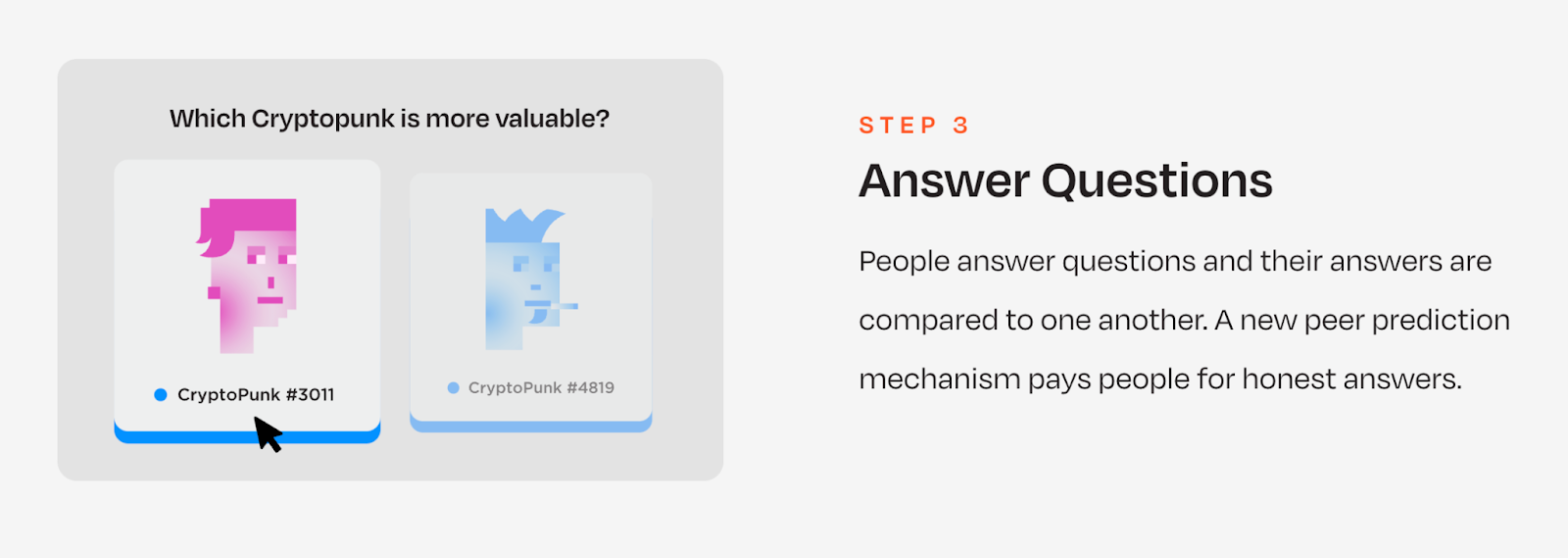
Upshot raised $7.5 million in their Series A round of funding, in an effort to bolster their NFT appraisal services. CoinFund CEO Jake Brukhman, one of the Series A backers says of the appraisal service, “the more people that participate, the more accurate it becomes.”
As more users join Upshot to lend their appraisal expertise to the talent pool, NFTs will see less price discrepancies. Upshot is leading the way in bringing more transparency to the NFT market, on both sides of the purchasing process.
Rarity Tools
If you’re looking to dig into some hard data on NFT collections, then look no further. Rarity Tools provides live rankings of NFTs by volume, price, supply, market share, top owners and much more. If you own part of a collection or are aiming to become an owner, you can dive deep into how pieces are performing and where they stand compared to the competition.
For investors looking to turn a cheap investment into something more profitable down the line, you can search for undervalued projects that you believe one day may explode in value.

Additional resources
Emerging marketplaces
Here are some promising projects that while all may not be fully operational yet, still offer the potential to transform the NFT space.
SuperFarm
As of July 2021, SuperFarm currently uses their platform for two primary purposes:
Hosting NFT drops to sell exclusive items.
Offering NFT staking (farms)—where you can invest coins such as Injective Protocol (INJ) to provide liquidity for the market in exchange for NFT rewards.
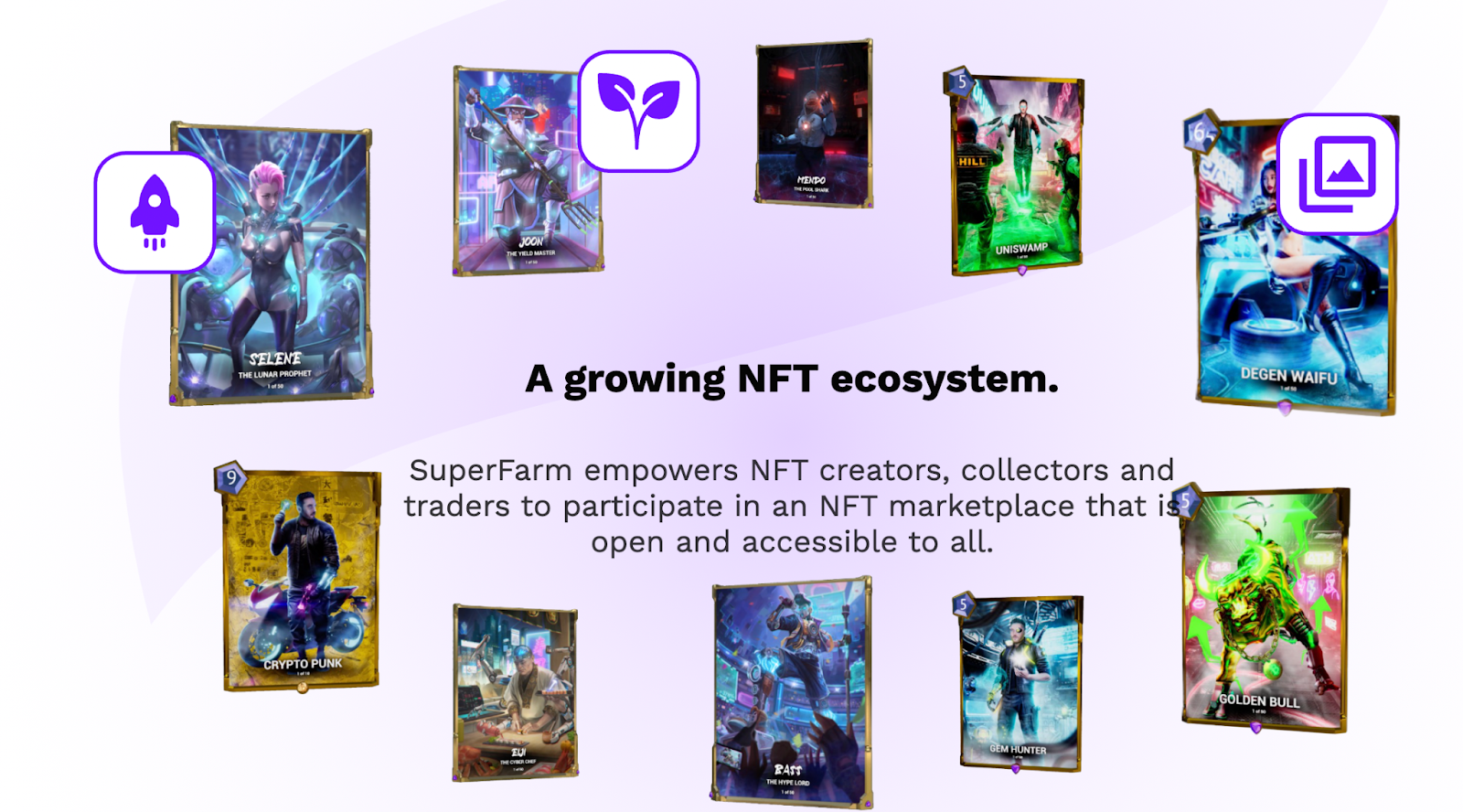
On their future roadmap however, they have plans to include tools for NFT creation and an NFT marketplace to buy, sell and trade NFTs.
DappRadar’s NFT Value Estimator
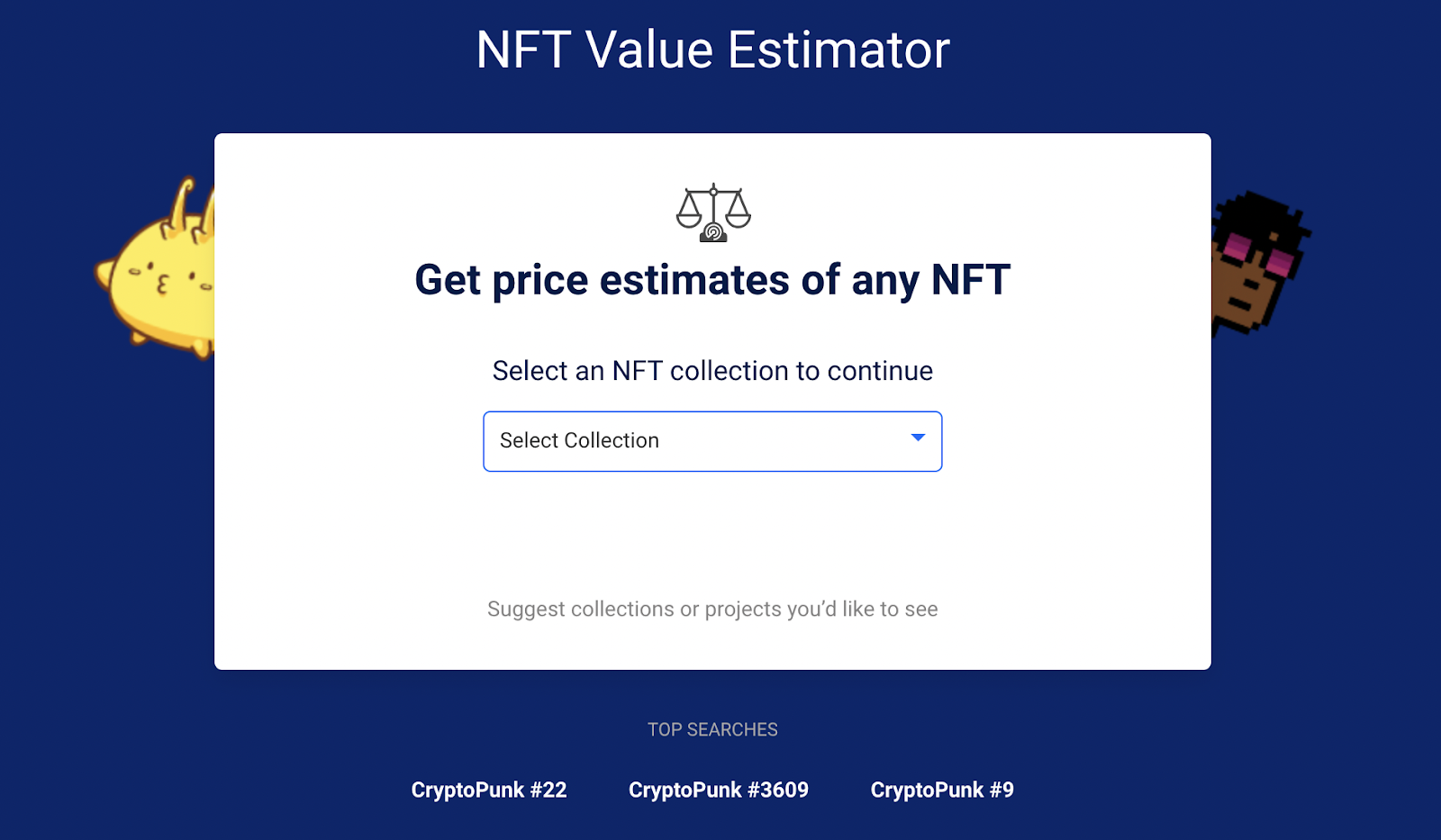
Launched as an experimental tool by DappRadar, for now this Dapp’s appraisal software is limited to the CryptoPunks collection. If you own any yourself, it could be worthwhile to check their valuations. And as they add more NFTs to their database, users will be able to search by marketplace URL as well as NFT ID to identify value.
For those wishing to market their own NFTs, this may develop into a useful resource to get an idea of what similar listings are currently worth. And for buyers, the value estimator could be a critical tool to determine if you are overpaying for a certain token or if you’re getting a steal.
Dapper Labs / Genies
Dapper Labs, the startup behind the NBA Top Shot NFT craze, has announced their plan to launch an NFT marketplace in tandem with Genies, the popular 3D avatar technology company that boasts a celebrity-heavy customer base that includes Justin Bieber, Cardi B, Rihanna, J Balvin and Shawn Mendes, among others.
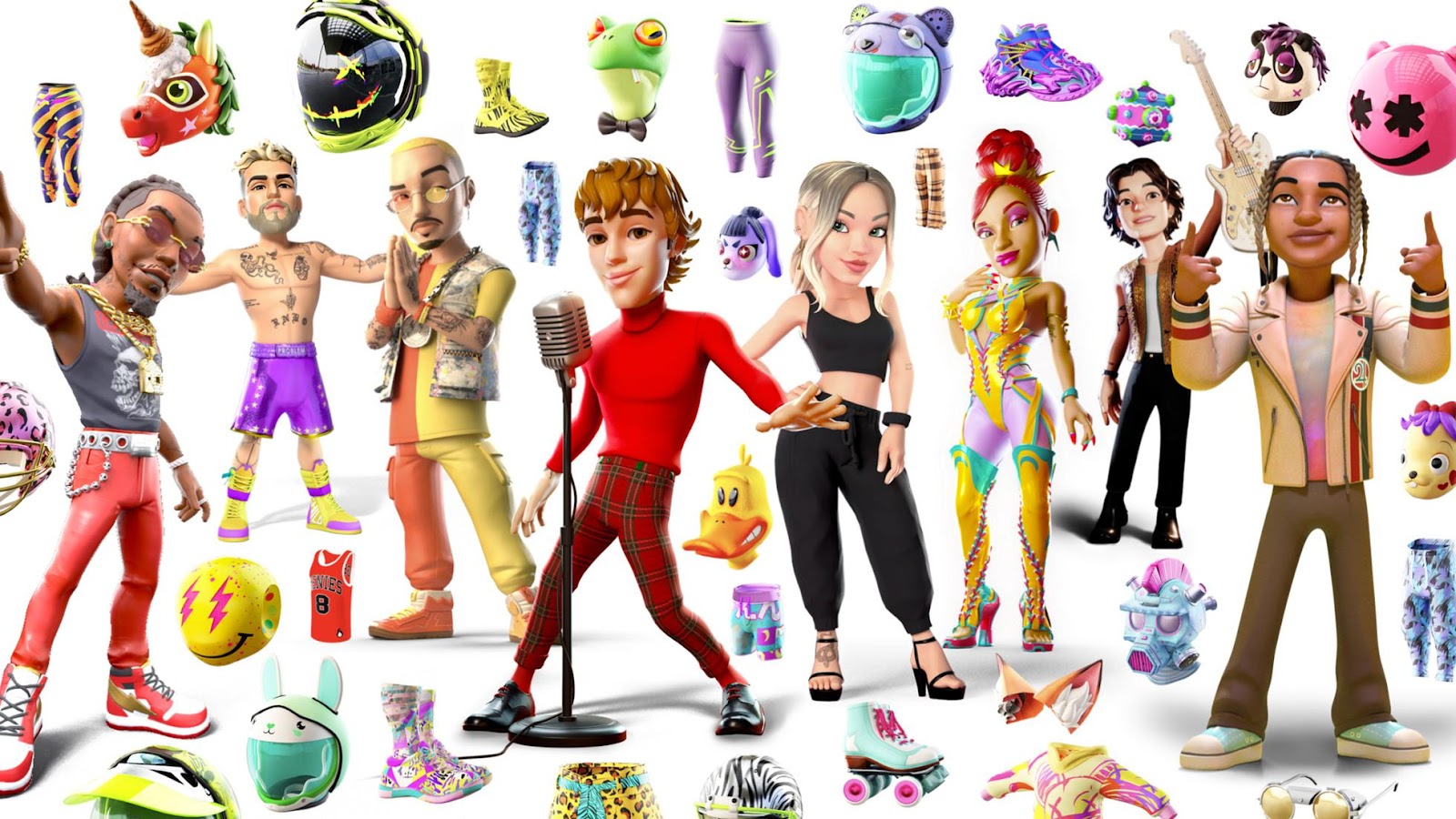
The plan is to capitalize on the existing Genies-celebrity synergy to bring these NFTs to the masses. It is these celebrity endorsements that have allowed Genies to compete directly with Bitmoji. Built on Dapper Labs’ Flow Blockchain, the marketplace will be called the “Genies Marketplace” and will feature their collection of digital wearables.
Additional resources
This list is by no means exhaustive. If you’re serious about NFTs or just getting into them, it’s important to check out other resources to decide the one that best suits your needs.
Buy NFTs via MoonPay
The MoonPay Checkout solution makes it easier than ever to buy NFTs directly using a credit card, with fewer roadblocks and dropout points.
We've removed excessive steps in the purchasing process, including needing to acquire the necessary crypto first and transfer between multiple exchanges and wallets.
Just choose the NFT you wish to purchase and enter your card details to complete your transaction.




